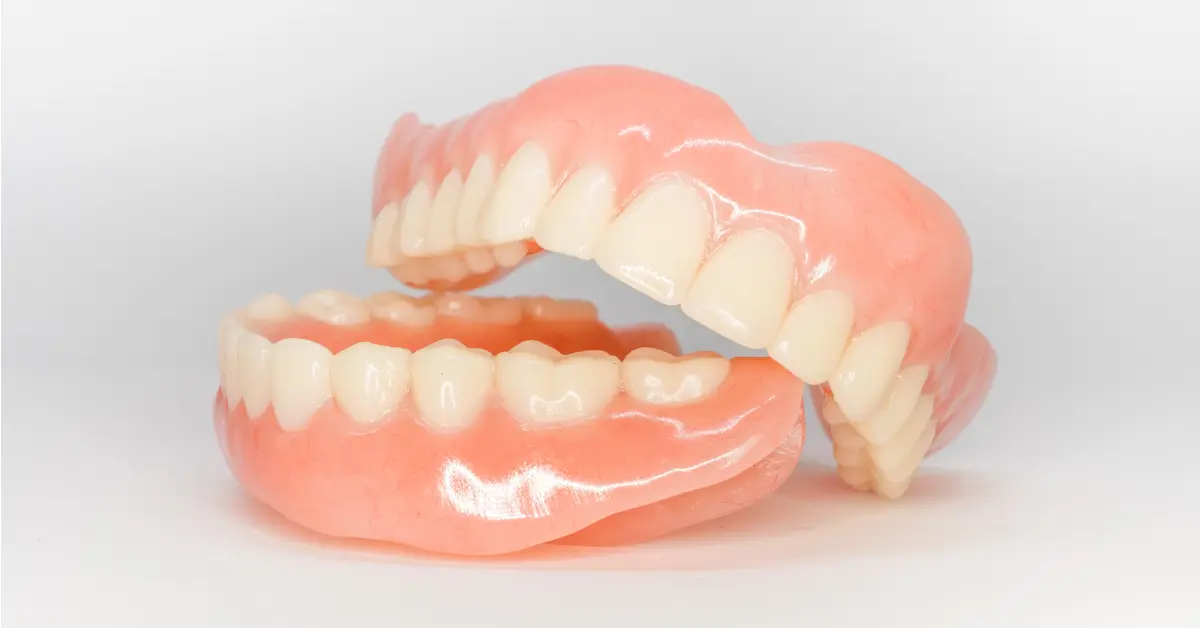Table of Contents
ToggleImmediate prosthesis aims to achieve an aesthetic smile on the day of tooth extraction. It allows you to return to daily life without any gaps. It maintains social comfort. Speech and chewing become acceptable in a short time. Planning is meticulous. Tissue health is prioritized. The dentist clearly explains the risks and the process. Close cooperation with the laboratory is established. The temporary solution guides healing. The groundwork is laid for permanent restoration. The goal is a quick and safe transition. Immediate dentures are practical for patients with busy lifestyles. However, they are not suitable for every case. Systemic conditions are evaluated. Care instructions are provided in writing. Regular check-ups are scheduled. The result offers high satisfaction with the correct indication.
What is immediate denture? Same-day quick smile solution
Immediate denture is a temporary denture placed during the same appointment as the extraction. The goal is to quickly provide aesthetics and function. Tissue support is controlled. Edge fits are carefully adjusted. Biting pressure is reduced. Pain and swelling management are planned. Speech tests are performed. The smile line and midline are verified. This approach shortens the waiting period. It provides psychological comfort. It does not interrupt daily routines. When healing is complete, a permanent prosthesis is prepared. Digital measurements are preferred. Photography enhances communication. The immediate prosthesis acts as a guide for tissue shaping. The goal is to improve appearance while preserving biology.

- Advantages: rapid aesthetics, social comfort, tissue support
- Limitations: temporary durability, need for adaptation
- Goal: safe, planned, and predictable process
Suitable candidates and indications for immediate prostheses
Immediate prostheses are suitable for patients who desire immediate aesthetics and have good hygiene. They are effective in cases where multiple extractions are planned. The periodontal condition must be stable. Bone and soft tissue support are evaluated. Bruxism is controlled if present. Smoking and systemic diseases may increase the risk. Diabetes, anticoagulant use, and autoimmune conditions require attention. Expectations should be realistic. The treatment duration and possibility of revision are explained. The patient must comply with care instructions. Follow-ups should not be neglected. This allows tissue changes to be managed. Healing is supported by gradual adjustments. The outcome becomes more predictable. Appropriate indications determine success.

- Suitable candidates: individuals with aesthetic priorities and high motivation
- Caution: heavy smoking, uncontrolled systemic disease, severe bruxism
- Requirements: regular check-ups and hygiene discipline
Immediate prosthesis treatment process: step-by-step plan
The immediate prosthesis process begins with detailed planning. Clinical examination and radiological evaluation are performed. Digital measurements are taken. Extractions are performed atraumatically. Bleeding is controlled. Temporary prostheses are fitted during the same session. Pressure points are identified. Edges and palatal lines are adjusted. Occlusion is lightened. Pain management and medication regimen are provided. Antiseptic care is recommended. The first 24–72 hours of follow-up are critical. Adjustments are made during the first week. Speech and chewing are monitored. Permanent restoration is planned once the tissue is stable. Transparent communication is maintained throughout the process. This reduces risks and increases comfort.
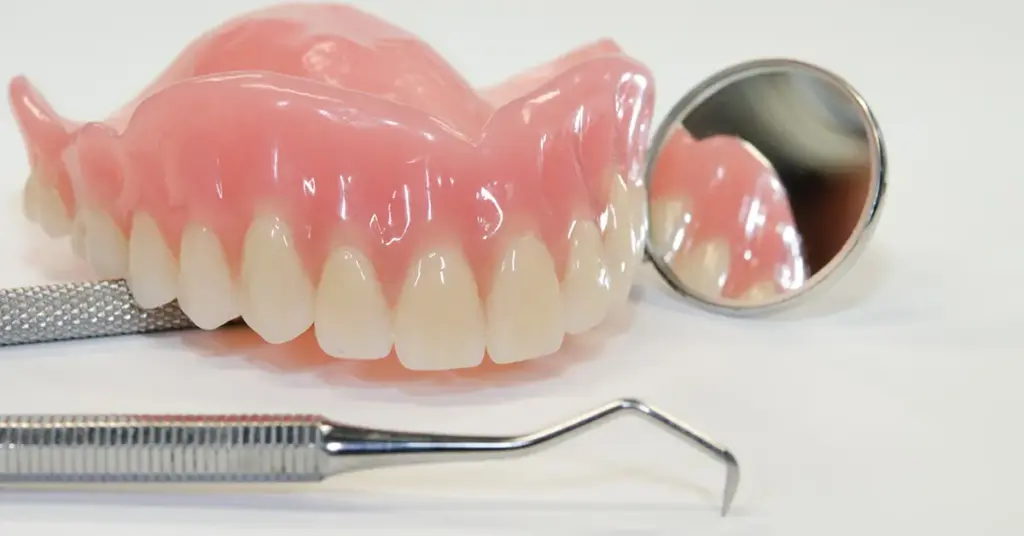
- Steps: examination → planning → extraction → immediate fitting
- Follow-ups: 24–72 hours, 1 week, 1 month
- Goals: comfort, tissue preservation, aesthetic continuity
Immediate prosthesis material options and aesthetic planning
Immediate prostheses are usually prepared with PMMA and acrylic materials. These materials are quick to process. They are easy to repair. They offer sufficient durability during the temporary period. The tooth color is selected according to the individual. Natural transitions are aimed for. Lip support is balanced. The midline and smile curve are verified. The papilla form is preserved. Marginal finishes should be gentle on soft tissue. Polishing ensures smoothness. The gloss-matte balance is kept close to natural. Photographs and video recordings facilitate evaluation. Ceramic or hybrid options are considered for permanent restoration. Occlusion is redesigned. Phonetic tests are repeated. Thus, aesthetics and function are optimized together.
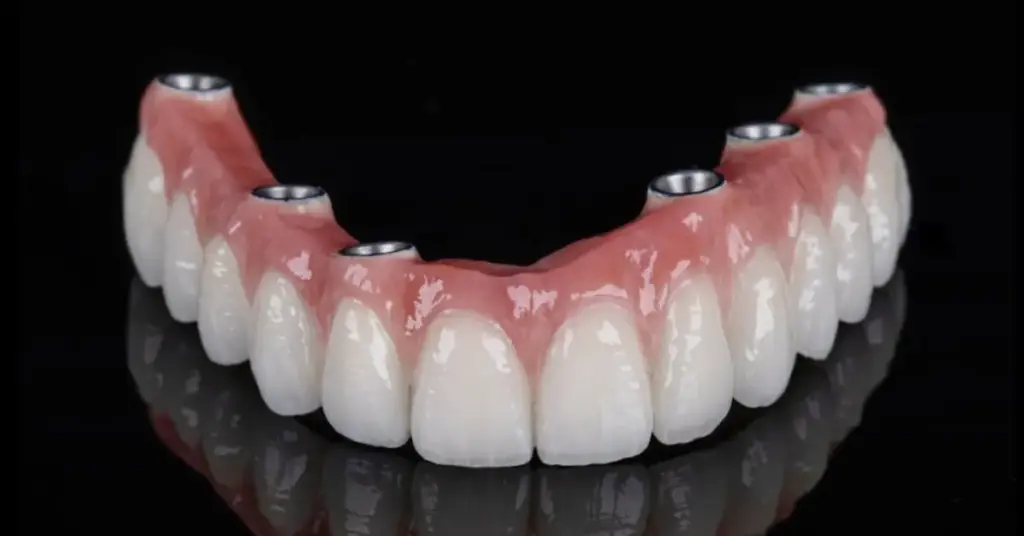
- Preferences: natural tone, harmonic translucency, smooth surface
- Adaptation: lip support, midline, smile line
- Repair: local reinforcement, quick polishing, edge correction
Immediate prosthesis care recommendations, lifespan, and comfort
Immediate prostheses require regular and gentle care. Soft foods are recommended in the first few days. Avoid extreme hot and cold temperatures. Use denture cleaning solutions. Brush gently. Nighttime use is decided with the dentist. Report pressure sores immediately. Antiseptic mouthwashes provide support. Smoking and alcohol can slow healing. Follow-up appointments should not be missed. Relining may be necessary as tissue volume changes. Readjustment is performed during the extended temporary period. Measurements are updated when transitioning to a permanent prosthesis. Occlusion is adjusted. This discipline enhances comfort. Lifespan varies depending on usage conditions. The goal is to ensure a smooth transition.
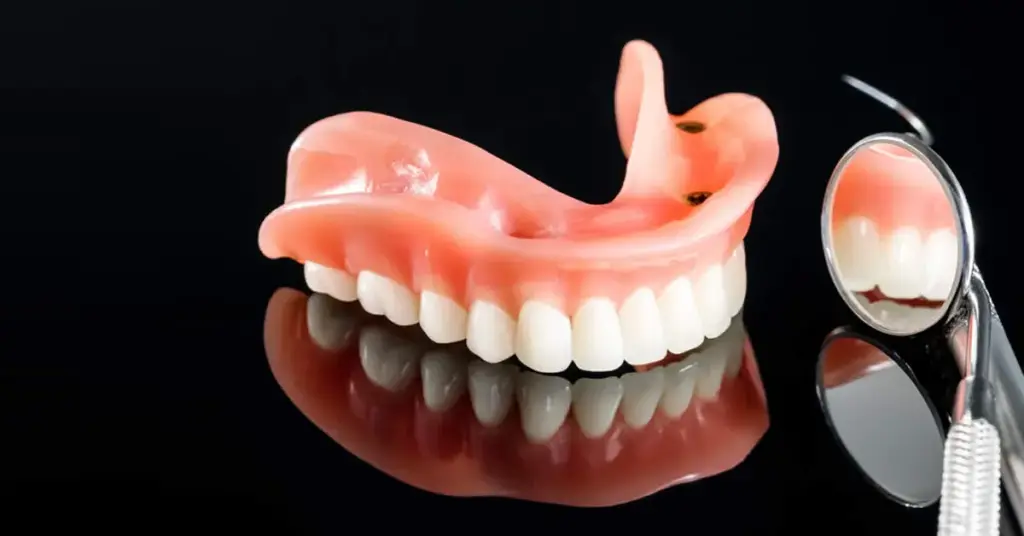
- Daily care: gentle brushing, solution, soft diet
- Warnings: pain, wound, feeling of mobility
- Improvements: relining, edge adjustment, occlusion adjustment
Immediate denture risks, costs, and treatment alternatives
Immediate dentures carry certain risks. Tissue edema can affect adaptation. Edge pressure can cause wounds. Fractures can be repaired. The adaptation period varies from person to person. Cost depends on the number of extractions, laboratory workload, number of check-ups, and revisions. Warranty conditions should be discussed in advance. Written instructions should be provided. Alternatives are evaluated. Conventional prostheses can be prepared after healing. In suitable cases, implant-supported temporary fixed options can be considered. Immediate loading protocols are carefully selected. The decision is based on clinical data. The goal is a safe and manageable process. Transparent communication increases satisfaction. Planned maintenance ensures lasting success.
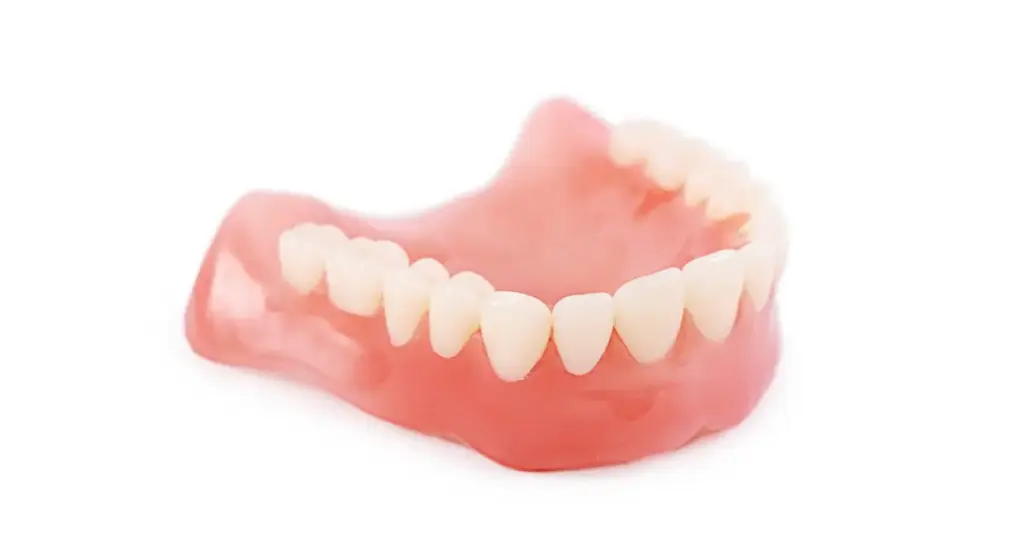
- Possible risks: pressure sores, difficulty adapting, fracture
- Alternatives: classic temporary, implant-supported temporary, waiting protocol
- Plan: clear costs, written instructions, regular check-ups
Follow us on social media to see the amazing results!

